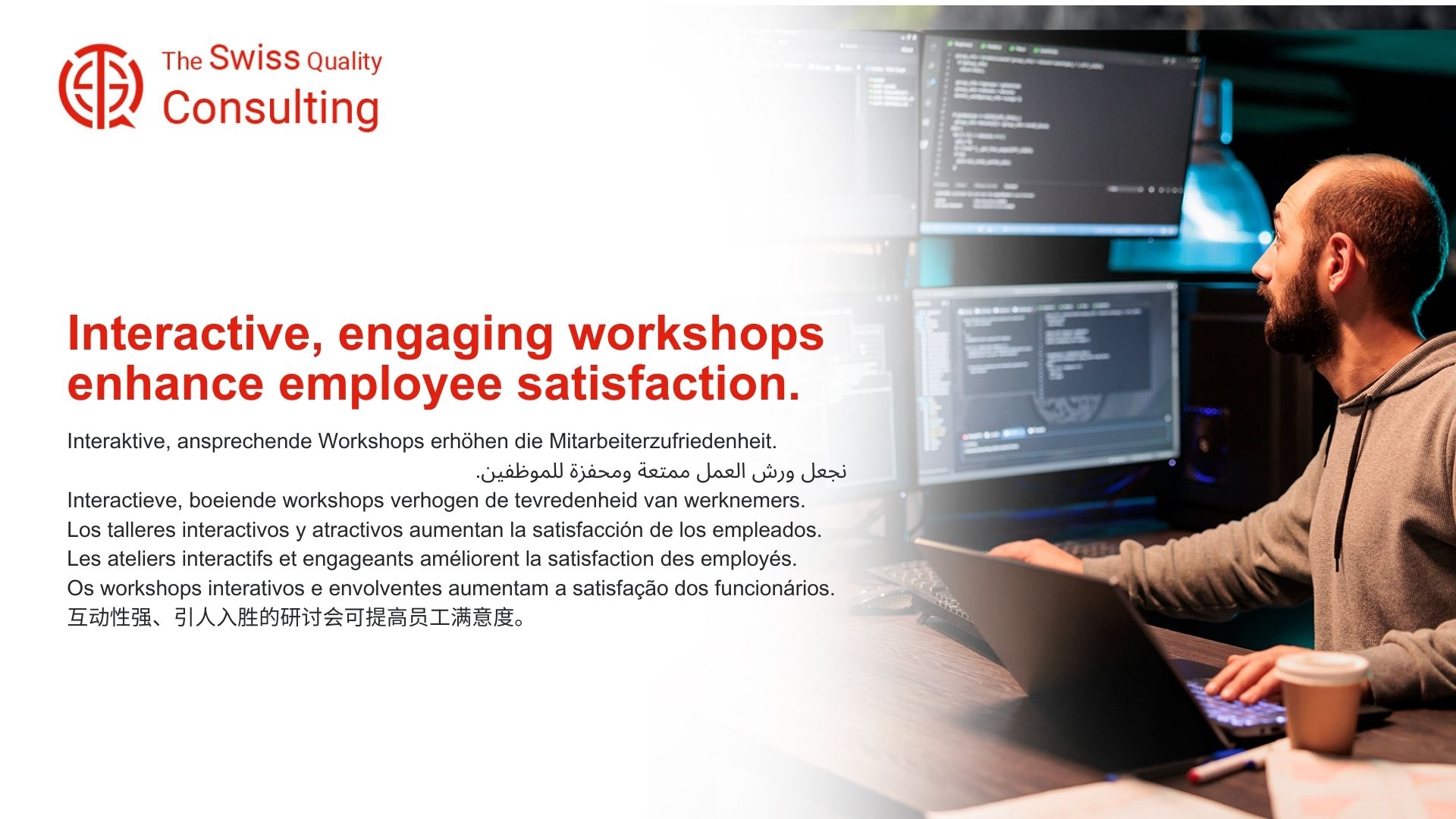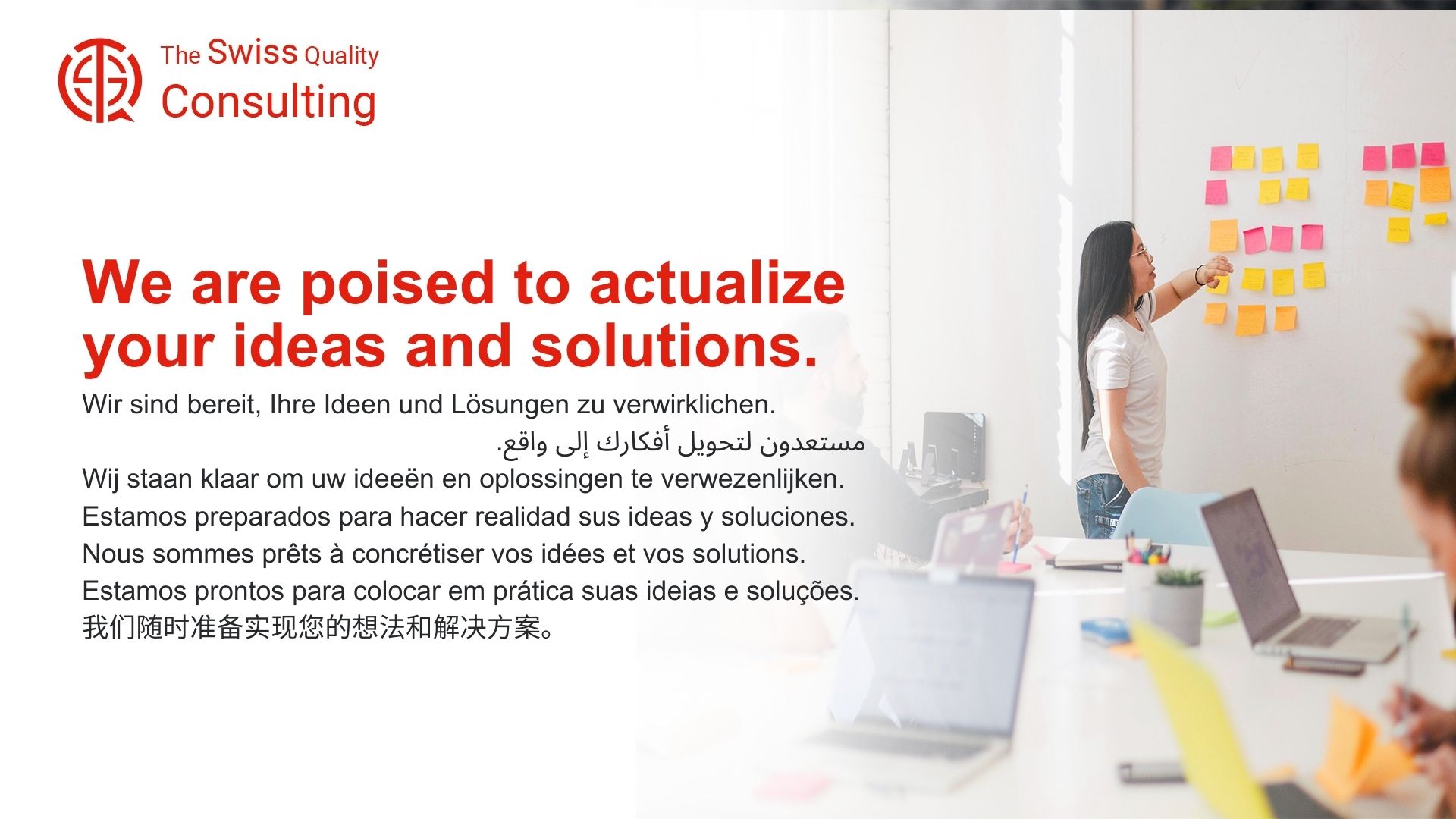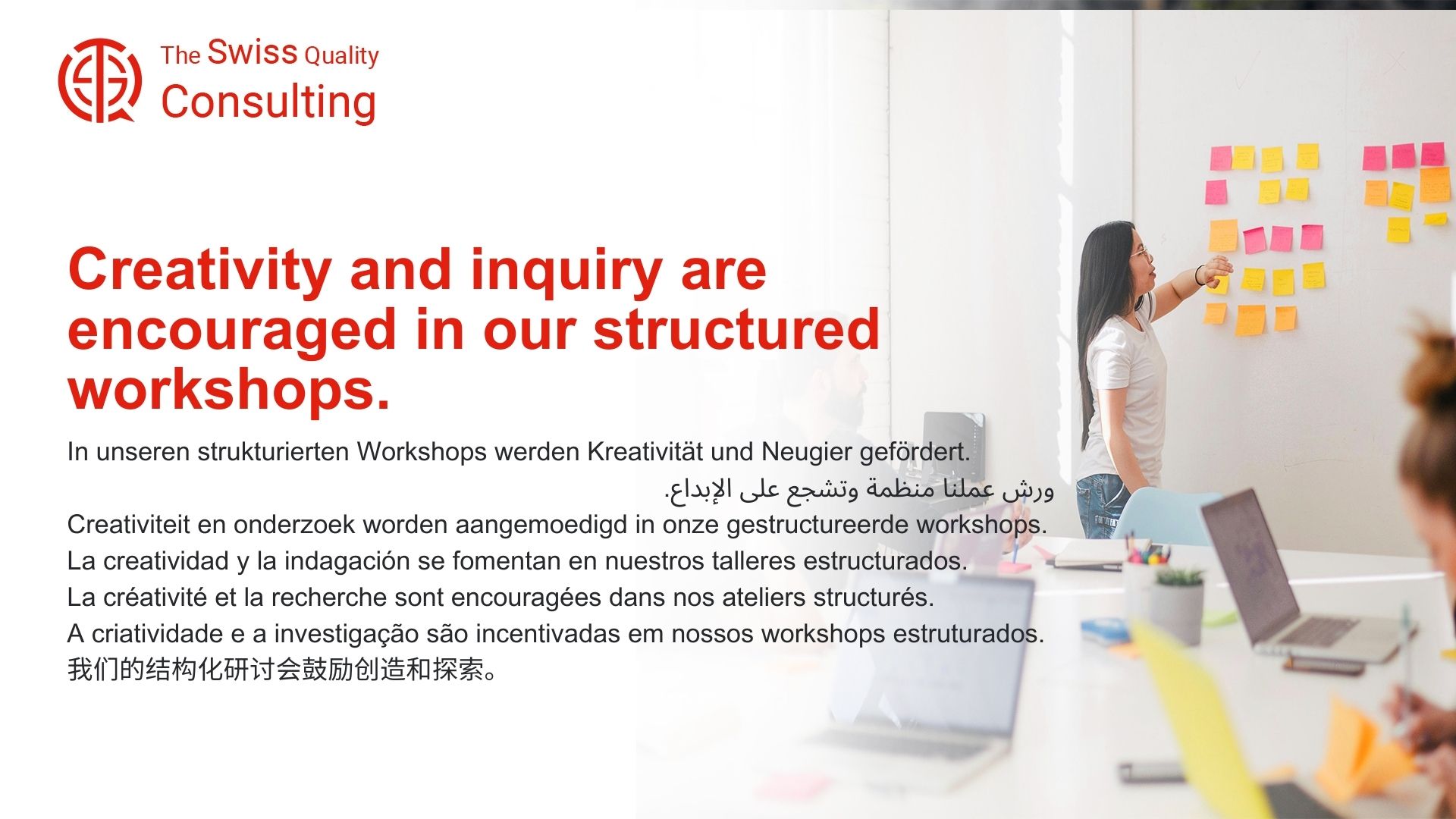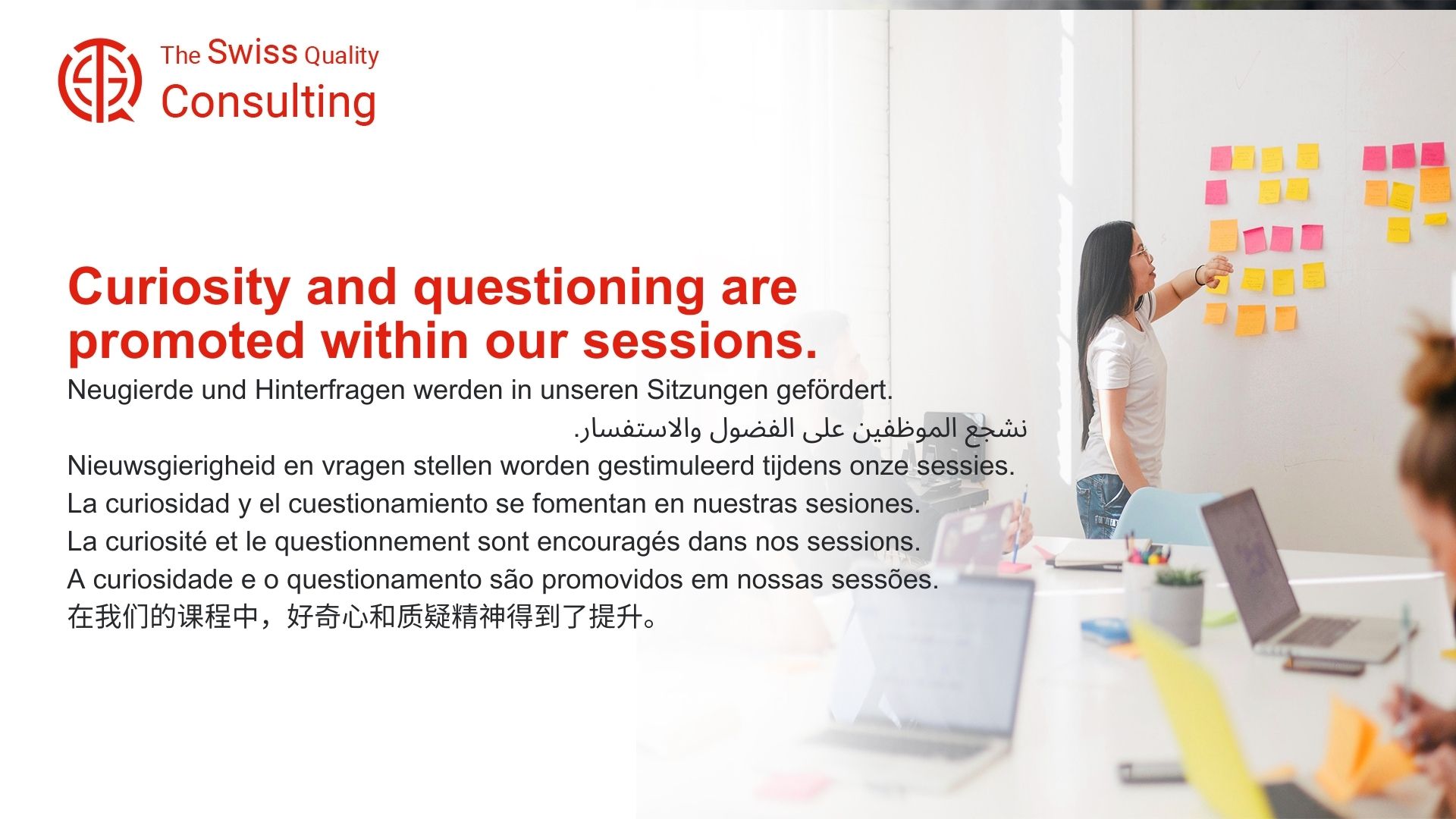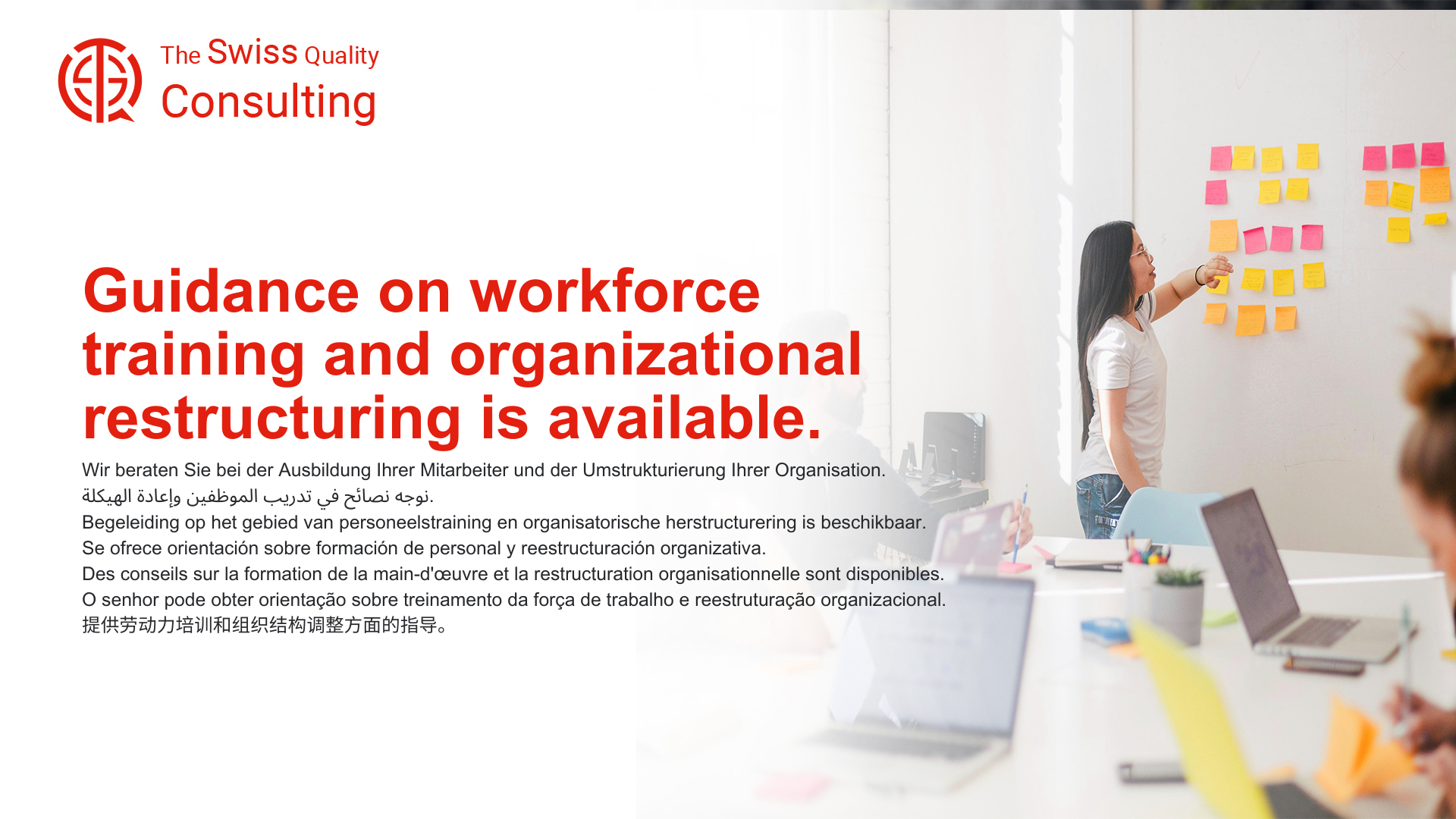Empowering Businesses through Inclusive Technology
In today’s rapidly evolving corporate landscape, the mandate to Foster inclusivity with accessibility-enhanced interfaces has become a cornerstone for progressive businesses. This article aims to provide business executives, mid-level managers, and entrepreneurs with a comprehensive understanding of how accessibility-enhanced interfaces can be a game-changer for inclusivity in the workplace.
The Imperative of Accessibility in Business Tools
Accessibility is not merely a legal requirement; it’s a strategic imperative in the modern digital landscape. By incorporating accessibility features in business interfaces, particularly those like CRM, ERP, and project management tools, organizations unlock a wealth of benefits that extend far beyond legal compliance.
1. Broadening Your Reach and Market Share: In an increasingly diverse world, neglecting accessibility excludes a significant portion of the potential customer base. By incorporating accessibility features, organizations open their doors to a wider audience, expanding their market reach and tapping into new demographics. This inclusive approach translates to increased customer engagement, brand loyalty, and ultimately, market share growth.
2. Fostering Innovation and Diverse Perspectives: Accessibility fosters an environment where individuals with diverse abilities can contribute their unique talents and perspectives. This diversity of thought fuels innovation, drives creativity, and leads to the development of products and services that cater to a wider range of needs and preferences.
3. Enhancing User Experience and Satisfaction: Accessible interfaces are not only inclusive, they are also user-friendly. By ensuring that everyone can interact with your systems effectively, regardless of their abilities, you create a positive and inclusive user experience that fosters satisfaction, loyalty, and engagement.
4. Mitigating Legal Risks and Avoiding Costly Lawsuits: Non-compliance with accessibility regulations can expose organizations to costly litigation and damage their reputation. By prioritizing accessibility, organizations mitigate these risks, ensuring legal compliance and protecting their brand image.
5. Building a Culture of Inclusion and Belonging: Incorporating accessibility features demonstrates a commitment to diversity and inclusion within the organization. This fosters a sense of belonging and empowerment for all employees, creating a more positive and collaborative work environment.
6. Optimizing Productivity and Performance: Accessible interfaces are designed for ease of use, which benefits everyone, not just individuals with disabilities. By eliminating barriers to access, organizations create a more efficient and productive work environment where everyone can contribute their best efforts.
7. Enhancing Brand Reputation and Corporate Social Responsibility: Embracing accessibility demonstrates a commitment to social responsibility and ethical business practices. This positive brand image attracts talent, builds trust with customers, and strengthens an organization’s reputation in the market.
8. Future-Proofing Your Business for a Changing Landscape: As technology continues to evolve, accessibility becomes increasingly important. By incorporating accessibility features from the outset, organizations ensure that their systems are adaptable and prepared to meet the needs of the future.
9. Expanding Global Reach and Breaking Down Barriers: Accessibility opens doors to new markets and international business opportunities. By ensuring that your interfaces are accessible to a global audience, you remove language and cultural barriers, allowing you to expand your reach and compete effectively on the international stage.
10. Investing in a More Inclusive and Equitable Future: Accessibility is not just a business imperative; it’s a moral obligation. By prioritizing accessibility, organizations contribute to a more inclusive and equitable world where everyone has the opportunity to thrive.
In conclusion, embracing accessibility is not just a matter of legal compliance; it’s a strategic investment in the future of your organization. By creating inclusive and user-friendly interfaces, you unlock a world of benefits, including increased market reach, enhanced user experience, improved brand reputation, and a more engaged and productive workforce. This transformative journey paves the way for a future of sustainable growth, innovation, and shared success for all.
Integrating Accessibility into Existing Platforms
The key to successful integration of accessibility features lies in understanding the diverse needs of users. Businesses must audit their existing platforms and identify areas where enhancements can be made, such as text-to-speech functionality, screen readers compatibility, and user-friendly navigation.
Change Management for Inclusive Practices
Adopting accessibility-enhanced interfaces requires a change in the organizational mindset. Effective communication, executive coaching, and training sessions play vital roles in sensitizing the workforce about the importance of inclusivity and how to leverage these tools for better collaboration and productivity.
Role of Executive Coaching in Driving Inclusivity
Executive coaching is instrumental in equipping leaders with the skills to champion inclusivity. Coaches can provide insights on leading diverse teams, creating an inclusive environment, and understanding the nuances of accessibility in technology.
Enhancing Communication with Accessible Interfaces
Accessible interfaces significantly enhance communication within an organization. They ensure that all team members, regardless of their abilities, can communicate effectively, share ideas, and contribute to the organization’s success.
Generative AI and Inclusivity
Generative AI has the potential to revolutionize accessibility in business interfaces. By generating personalized user experiences and adaptive interfaces, AI can cater to the specific needs of each individual, thereby fostering a more inclusive work environment.
Leadership in an Inclusive Era
Leading an organization towards inclusivity demands a unique blend of empathy, understanding, and tech-savviness. Leaders must not only advocate for accessible interfaces but also ensure that these tools are effectively used to harness the full potential of a diverse workforce.
Staying Informed on Inclusivity Trends
Staying abreast of the latest trends in inclusivity and accessibility in the tech world is essential for businesses. Regular updates on advancements in this field can help businesses remain competitive and inclusive.
conclusion Foster inclusivity with accessibility-enhanced interfaces
In conclusion, to foster inclusivity with accessibility-enhanced interfaces is to embrace the future of a diverse and inclusive work environment. By doing so, businesses not only comply with legal standards but also open doors to innovation, creativity, and a wider talent pool.
#InclusivityInTech, #AccessibleInterfaces, #BusinessDiversity









